How to set up a better work-life balance at home – 5 tricks to organize your space and mind
These five tips for balancing work and relaxing at home can improve your stress levels, Experts assure
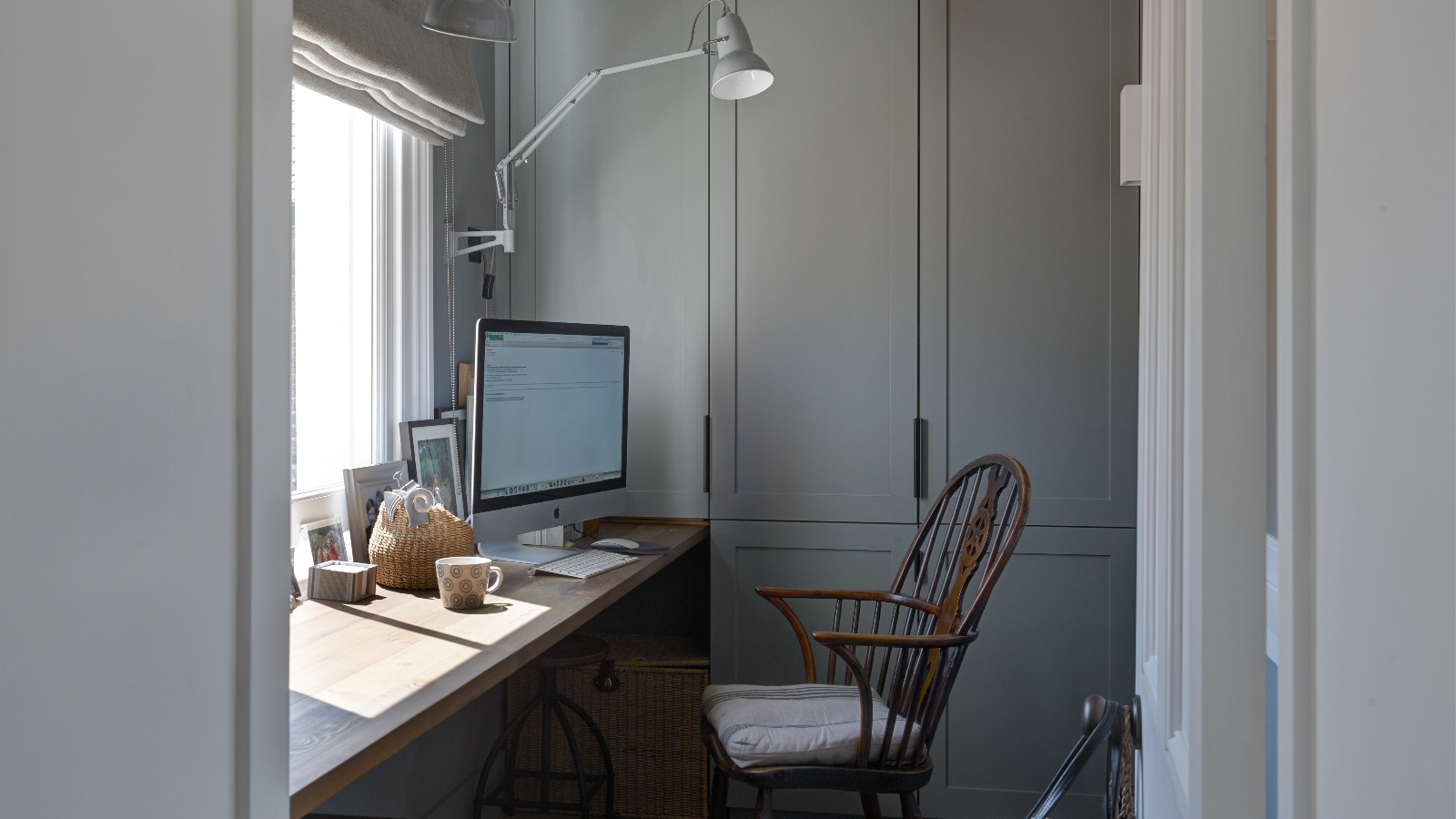

Whether you work from home or tend to juggle a few emails long after clocking out of the office, it is important to establish clear boundaries in your home for a positive work-life balance.
How you arrange your home and set up your daily routine plays a major part in this, according to wellness experts.
This is how to set up a better work-life balance at home, with organizing tips to set clear boundaries.
How to set up a better work-life balance at home
A poor work-life balance can result from several things. Usually, it stems from not setting yourself or your colleagues clear boundaries regarding your work hours mixed with poor time management. It can also arise if you are a home worker and struggle to connect to your social groups outside of work, leading to isolation and the idea that you might as well work if you have no other commitments.
Luckily, there are several ways you can help to establish these boundaries both for yourself and others and regain control over your leisure time
1. Set up physical boundaries in your home
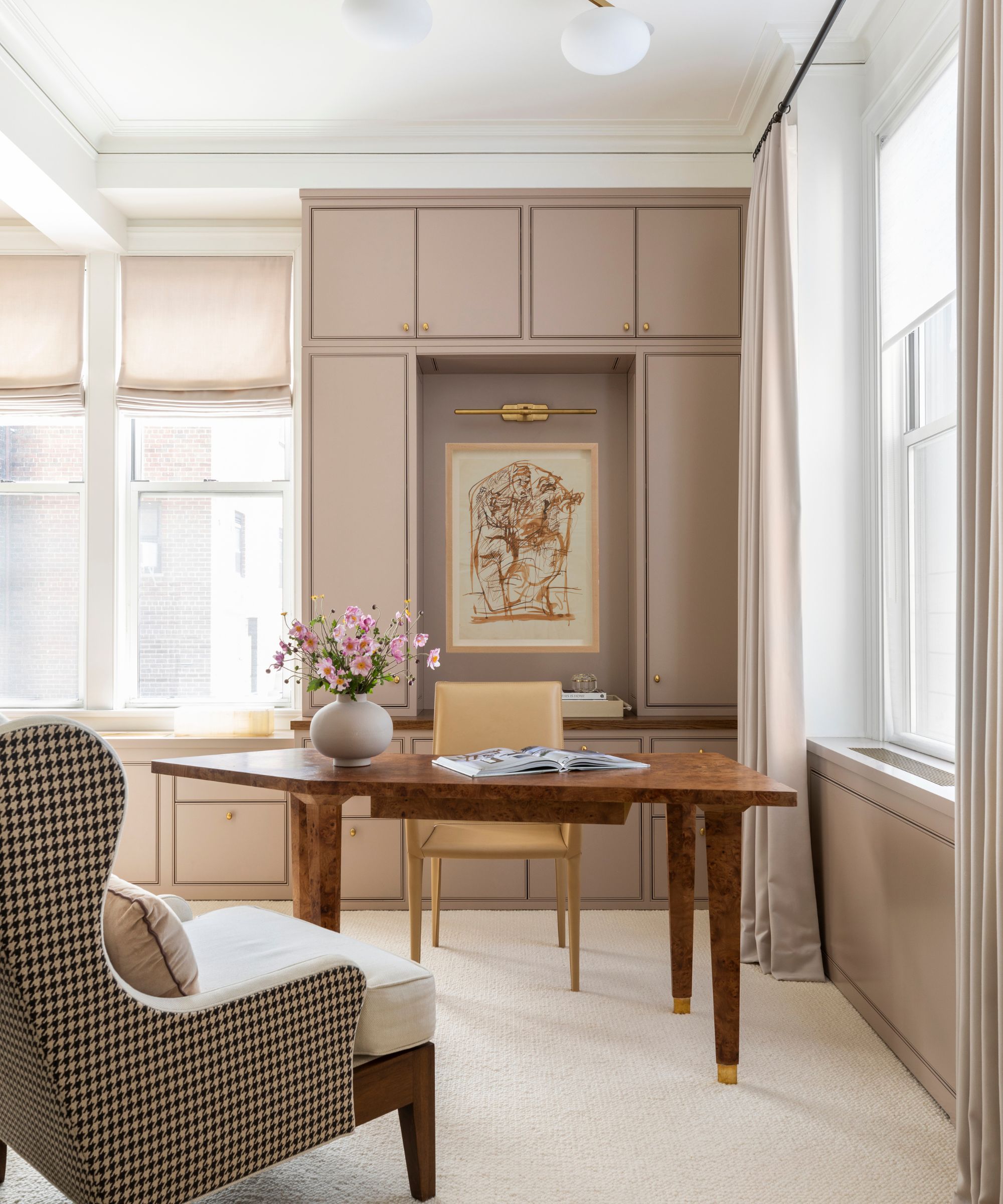
Where possible it is always best to set up clear, separate spaces for both working and relaxing. For instance, you might have a home office where you deal with everything to do with work, and leave the rest of your home for pure relaxation and daily life tasks, says Cody Brown, co-owner and principal designer at Bridges Brown Interiors. This helps to create mental boundaries between work and leisure, he explains.
‘If your home doesn’t have a dedicated office, creating a dedicated office “nook” will suffice and can be achieved through furniture arrangements, room dividers, or visual cues such as a change in decor or color scheme,’ he assures.
Cody is a firm believer in holistic living, and creates spaces that promote physical, emotional, and mental wellbeing.

It is not just your home boundaries that play a part in setting up a better work-life balance at home. How you use your tech is important too – especially when work emails creep onto personal phones, or laptops become multi-functional.
Dr. Deborah Gilman, chief licensed psychologist and owner of Fox Chapel Psychological Services is a bir proprietor of setting up these technological boundaries:
‘When your work hours are over, power down work-related devices or at least mute notifications. This ensures that you’re not constantly tethered to work, allowing you to fully disconnect and recharge during relaxation time.’
Even something as simple as organizing your desk for work-life balance can be enough to improve your mental health.
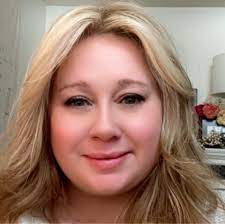
Dr. Gilman is a licensed psychologist, mediator, child specialist, coach, and national/international trainer and speaker on the topics of child development, trauma, and parenting. She maintains both a clinical and forensic practice; providing individual, couples and family therapies, in addition to a myriad of forensic interventions
3. Don’t work in bed
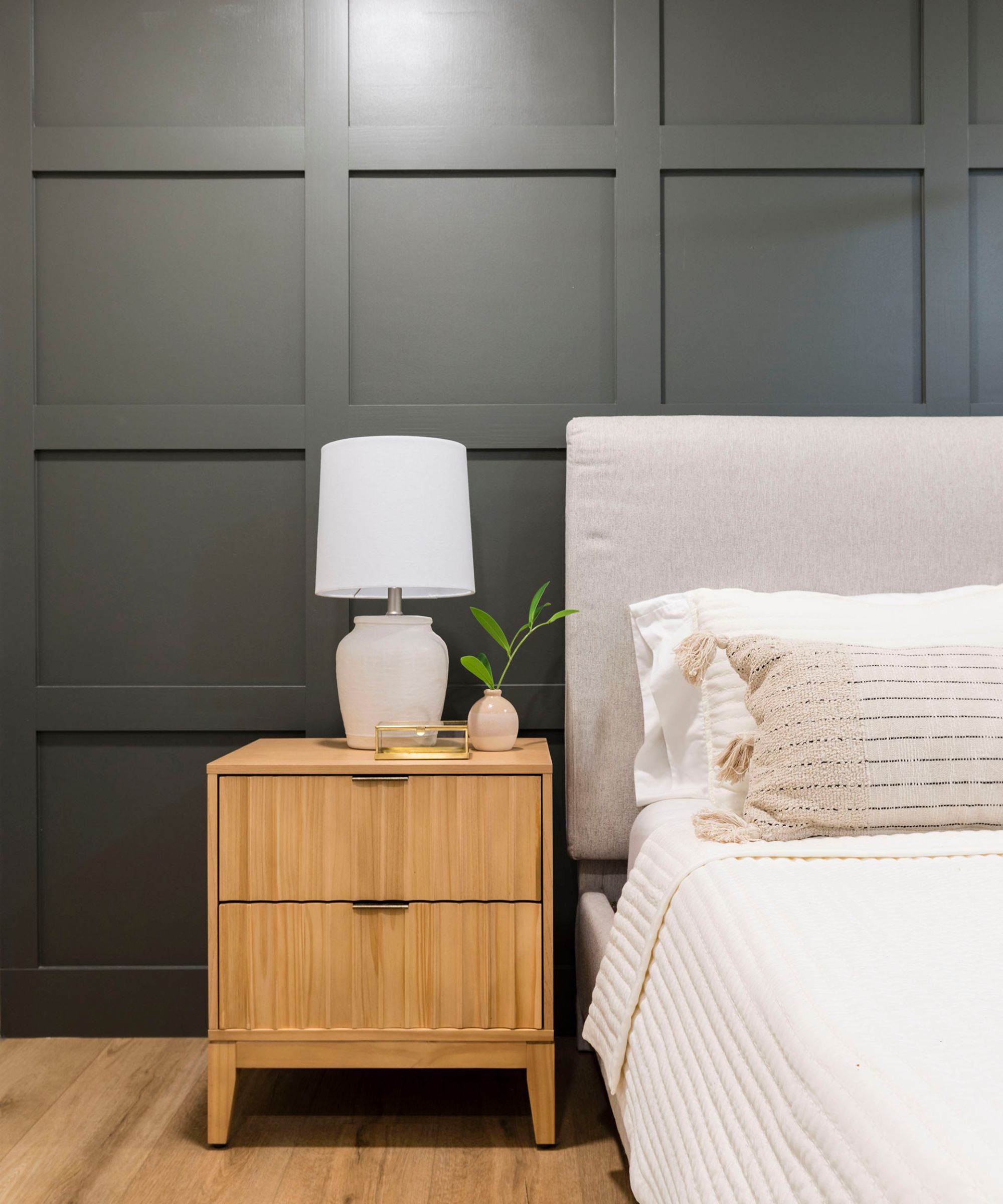
As tempting as it can be, it is vital to avoid working in bed on those days you are not in the office, urges Cody Brown, interior designer. Even on Friday mornings when you are very ready for the weekend.
‘A common mistake I often see is using the bedroom as a workspace. Bedrooms should only be associated with relaxation and sleep and are not designed for productivity,’ he warns. ‘Utilizing this space for work blurs the boundaries between your professional and personal life, making it challenging to maintain a healthy work-life balance and can lead to feelings of burnout and lack of separation between work and leisure activities.’
If it can be helped, try to avoid bedroom offices – these can be as bad as working in bed. A living room, kitchen, or dining room is much better if you do not have a home office.
4. Prepare yourself for each workday
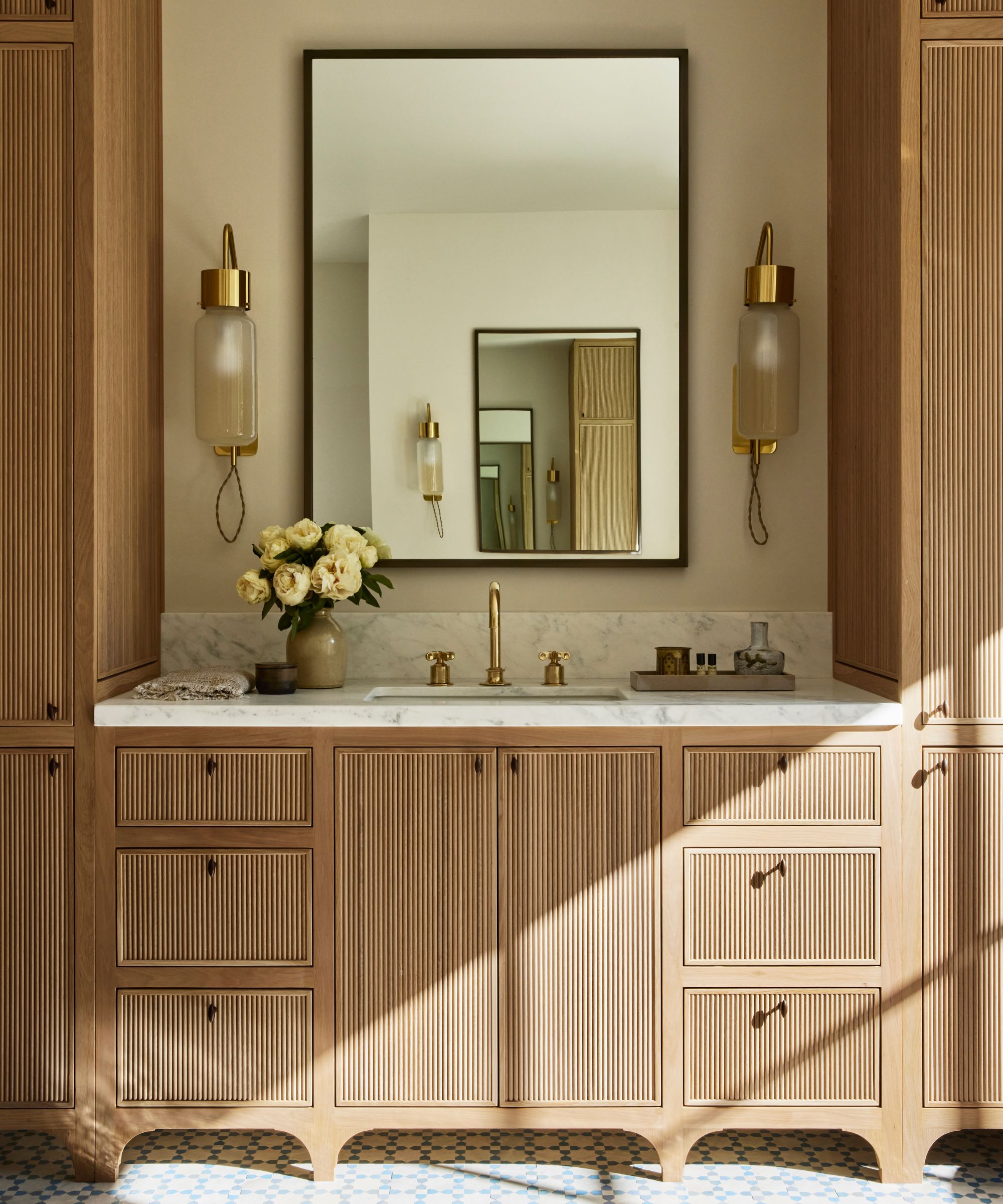
When working at home, your standards for getting dressed can slip. Caitlin Spears, certified health and nutrition coach, and founder of Complete by Caitlin, recommends organizing your morning routine to involve small self-care rituals to prepare you for the day and signify the start of your working routine:
‘Something I love to do that has recently made me more motivated to work at home is 'getting ready.' This can look different for everyone, but for me, this means putting on something cute and comfy and applying a small amount of makeup that makes me feel beautiful,’ Caitlin shares.
‘I’ve noticed this has not only helped my mental health but also my sense of self and ability to get more work done.’
5. Start an end-of-work ritual
Just as you get ready for the work day, you should practice ending your work day and completely shut off from the stress of your professional life, continues Dr. Deborah Gilman, chief licensed psychologist:
‘Develop rituals to transition between work and relaxation. This could include a short walk, a mindfulness exercise, or a specific activity that helps you mentally shift gears and leave work-related stress behind as you enter your living or bedroom spaces. You could also simulate a “commute” by taking a short walk around your neighborhood before and after work. This helps mentally separate your professional and personal space, providing a transitional period to leave work behind.’
Dr. Deborah also recommends trying fragrance layering to help signify a change in pace around your home. Creating an aromatherapy nook and using different scents for work and relaxation can be a powerful tool, she says:
‘Associate a specific scent with your work-to-relaxation transition. Light a scented candle or use essential oils in your workspace, and then switch to a different, calming scent in your living or bedroom area to engage your sense of smell during this ritual.
‘For Work: For citrus scents (e.g. lemon or orange): Invigorating and refreshing, citrus scents can promote alertness and concentration, making them suitable for a focused work environment.
‘For Relaxing: Try lavender or chamomile: These calming scents are associated with relaxation and can help ease stress. Consider using lavender or chamomile essential oils or candles in your living or bedroom spaces to create a tranquil atmosphere for unwinding.’
THISWORKS Deep Sleep Pillow Spray | View at Amazon
With notes of chamomile and lavender, this sleep spray is highly-rated for its ability to promote relaxation and good sleep
FAQs
What are the symptoms of no work-life balance?
You might not have a good work-life balance if you feel constantly sluggish or burnt out, with little motivation to do anything after your work day ends, you have little patience, you are struggling to maintain relationships and friendships, and you are constantly thinking about work and find it difficult to shut off. At this point, it is important to take a small step back and reassess your priorities, maybe talking to a professional to help establish healthy boundaries and regain control of your leisure time.
Does working from home make people happier?
Studies have suggested that those working from home are often happier and find more satisfaction in life than colleagues working in an office, so long as they establish a healthy work-life balance and maintain friendly connections outside of work, such as regularly seeing social groups or going to gym classes. This helps to avoid burnout, low mental health, and feelings of exclusion.
It is not about what you do before and after work that helps establish a healthy work-life balance, reminds Caitlin Spears, certified health and nutrition coach. Office workers often take breaks to get a coffee or go for lunch, so it is also important to remember to take breaks, even if you are staying in your home:
‘This could be anything from going to a different room, stepping out of the house to get some fresh air and sunlight, or even going for a 10-20-minute walk around your neighborhood to refresh and reset,’ she suggests. ‘I recruit a friend who also works from home to join me at a new local coffee shop which promotes health through fostering a sense of connection as well as a sense of community by getting to step up and experience a new place.’
Sign up to the Homes & Gardens newsletter
Design expertise in your inbox – from inspiring decorating ideas and beautiful celebrity homes to practical gardening advice and shopping round-ups.

Chiana has been at Homes & Gardens for two years and is our resident 'queen' of non-toxic living. She spends most of her time producing content for the Solved section of the website, helping readers get the most out of their homes through clever decluttering, cleaning, and tidying tips. She was named one of Fixr's top home improvement journalists in 2024.
-
 Bissell CleanView XR Pet 300W Stick cordless vacuum review – it's a great budget vacuum, but by no means perfect
Bissell CleanView XR Pet 300W Stick cordless vacuum review – it's a great budget vacuum, but by no means perfectLow price point, but with the cleaning performance to match it
By Camryn Rabideau
-
 Kevin Costner uses the 'ultimate color choice for interiors' in his kitchen – it masters a top 2025 trend that's 'guided by the calm of nature'
Kevin Costner uses the 'ultimate color choice for interiors' in his kitchen – it masters a top 2025 trend that's 'guided by the calm of nature'The Yellowstone actor embraces a subtle yet soothing trend that's influencing how we decorate this year, but it will look just as perfect in 100 years
By Megan Slack
